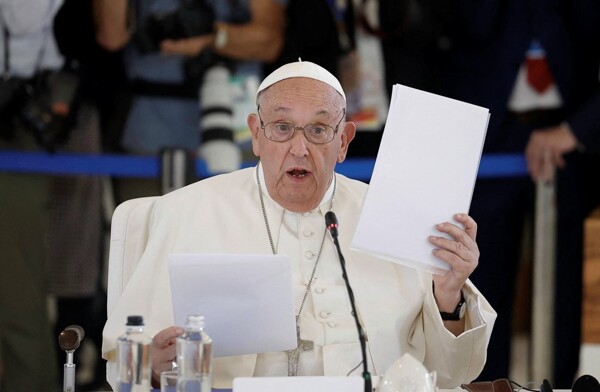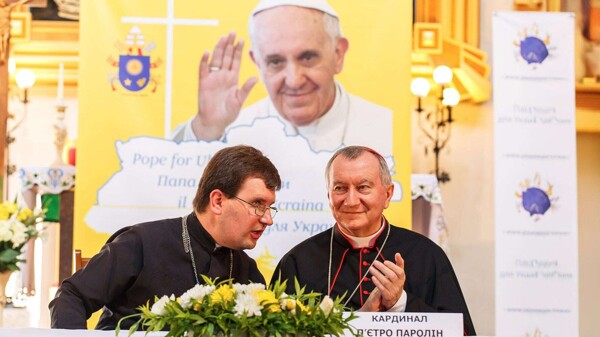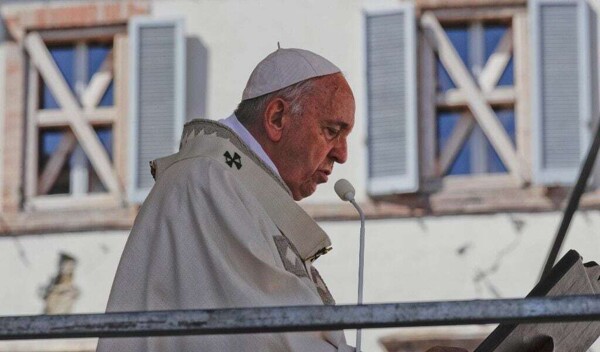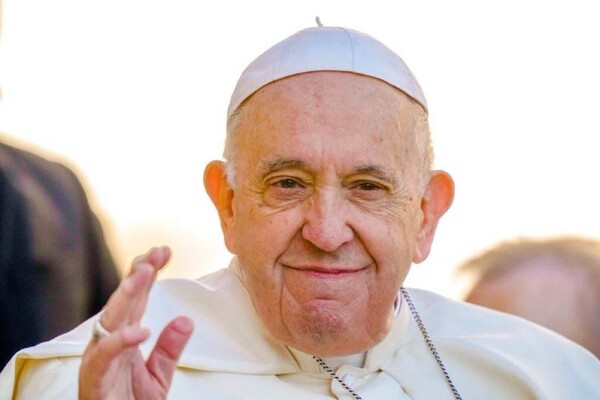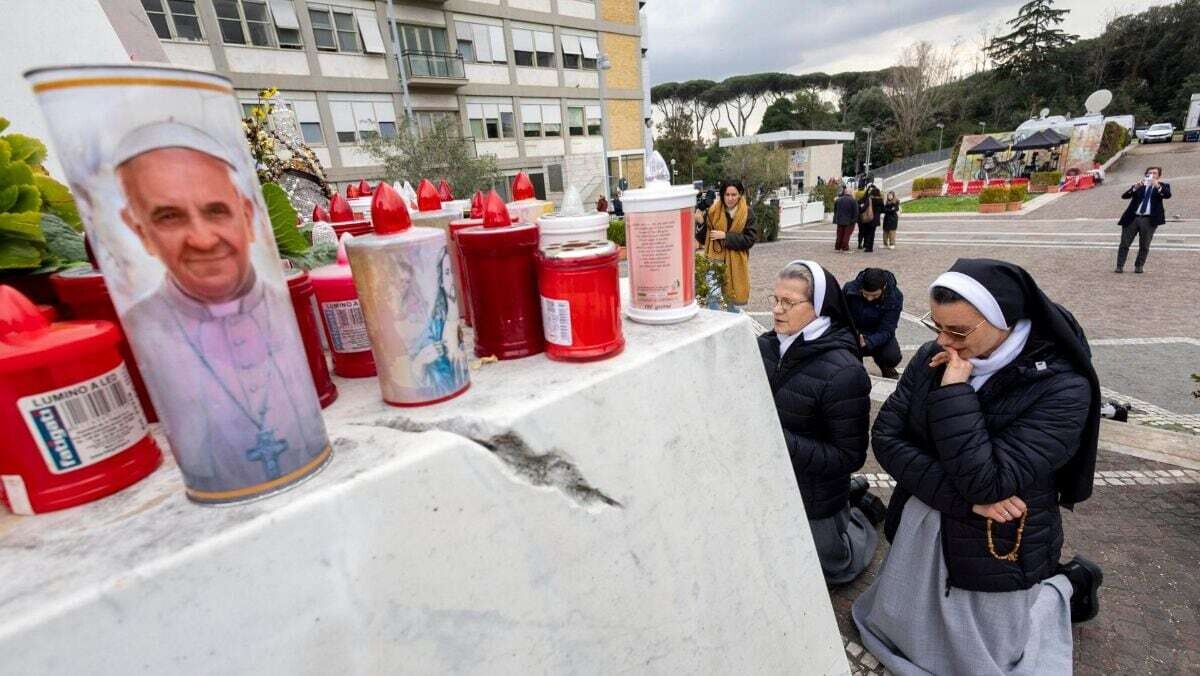
Pope Francis remains hospitalized at the Gemelli Hospital in Rome, where he has received oxygen and blood transfusions, reported the Holy See. His condition remains critical and he is not out of danger, according to the official statement.
What happens when a Pope dies? Who convenes the conclave to elect the new Pope? These and other questions are answered by the weekly Desde la Fe, which details the process of electing the successor and the protocol to be followed in the event of a Pontiff's death.
When a Pope dies, the Church follows a protocol established in the constitution Universi Dominici Gregis, promulgated in 1996 by Pope John Paul II. Over the years, modifications have been made, some by Pope Francis to simplify the procedure.
Prior to the preparations for burial, the Cardinal Camerlengo must remove the 'Fisherman's Ring' from the Pope and then destroy it. The conclave, the meeting of cardinals to elect the new Pope, is convened by the Office of Liturgical Celebrations after the death of the Pontiff.
The cardinal in charge informs the Dean of the College of Cardinals about the Pope's death, who then calls the cardinals for the Congregations of the College. The day and time to transfer the Pope's body to St. Peter's Basilica are established. The Cardinal Camerlengo communicates the death to the Cardinal Vicar and the Roman people.
Following the funeral rites held for nine days, the College of Cardinals elects the new Pope and announces his name to the world after the signal of white smoke and the traditional "Habemus papam" ("We have a Pope"). The constitution Universi Dominici Gregis states that cardinal electors under 80 years old can participate in the conclave.
In the current context, Pope Francis is in critical condition after suffering a respiratory crisis and requiring blood transfusions due to thrombocytopenia associated with anemia. His delicate condition has raised concerns among the faithful and poses questions about the papal succession.











